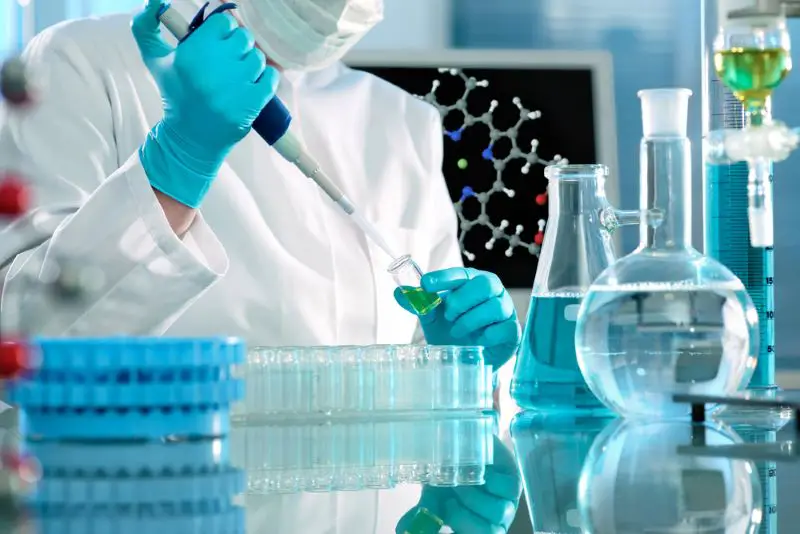Click here to get this post in PDF
To comprehensively evaluate how genotoxic a substance is, it is vital to assess its capacity to mutate genes and cause problems with chromosomes. There are various methods for assessing substances, yet the Ames test, also referred to as the salmonella typhimurium reverse mutation assay, is one of the standard and often-used tests in toxicology. Bruce Ames first developed the test at the University of California, Berkeley.
What Is A Mutagen?
A mutagen is a chemical that could permanently cause damage to genetic material (DNA) in cells. DNA is the hereditary material contained in a cell. If a substance can change base pairs of DNA, it is known as mutagenicity. This can, in some cases, lead to heritable genetic damage. In others, it can lead to the development of cancer cells.
The Importance of Testing for Mutagens
When new products are developed, they mustn’t risk causing harm to individuals, the environment or animals. Testing for substances that can mutate the genetic makeup of humans, animals, and plants is vital for ensuring we do not cause avoidable harm. For example, while the Ames test is used to identify mutagens within medicines, it can also detect problems with environmental samples, such as reagents, wastewater, pesticides, dyes, and other substances that can be dissolved in liquids.
How Does the Ames Test Work?
A short-term assay, the Ames test identifies carcinogens based on their bacterial mutagenicity. Ensuring accurate safety testing for pharmaceuticals and chemicals in various industries is vital.
The principle behind the Ames test involves using histidine-requiring bacterial strains of salmonella typhimurium. Each strain carries different mutations in the histidine operon. This renders them unable to form a colony on agar, lacking histidine.
The test, therefore, involves inducing mutations through exposure to mutagenic compounds. This allows a stain to regain the ability to form colonies by synthesising histidine.
The chemical is applied to a bacterial strain during the test, making it histidine-dependent for growth. This is along with a rat liver extract, which explores the potential of any enzymatic processing which could change the chemical into a mutagenic.
The reason for using rat liver extract is that it more accurately predicts how substances will be used once humans have ingested them.
Which industries use the Ames test?
Industries such as pharmaceutical and cosmetic industries need to screen the mutagenic potential of topical and internal treatments. However, these are only some industries that require such testing. There are a variety of other sectors, such as environmental and chemical, industrial and agricultural, which have just as much responsibility to ensure the formulas they use are safe and do not risk causing carcinogens.
Choosing a partner to conduct Ames tests on your behalf
There is no doubt of the importance of the Ames test, which is why it is one of the most common, well-respected methods for identifying carcinogens in products. Suppose you are considering developing a drug, chemical, or substance that could impact the environment, people, or animals. In that case, it is vital to partner up with a respected laboratory to perform Ames testing to ensure the safety of your product.
Working with a lab that provides genotoxicity testing accurately and by your time and budget constraints is vital to ensure that the products you develop do not cause avoidable harm. Look for a laboratory that promotes Good Laboratory Practice (GLP) to ensure that the results you receive can be relied upon.
You may also like: What Laboratory Specimen Labels Are, And How To Properly Use Them
Image source: Depositphotos.com

